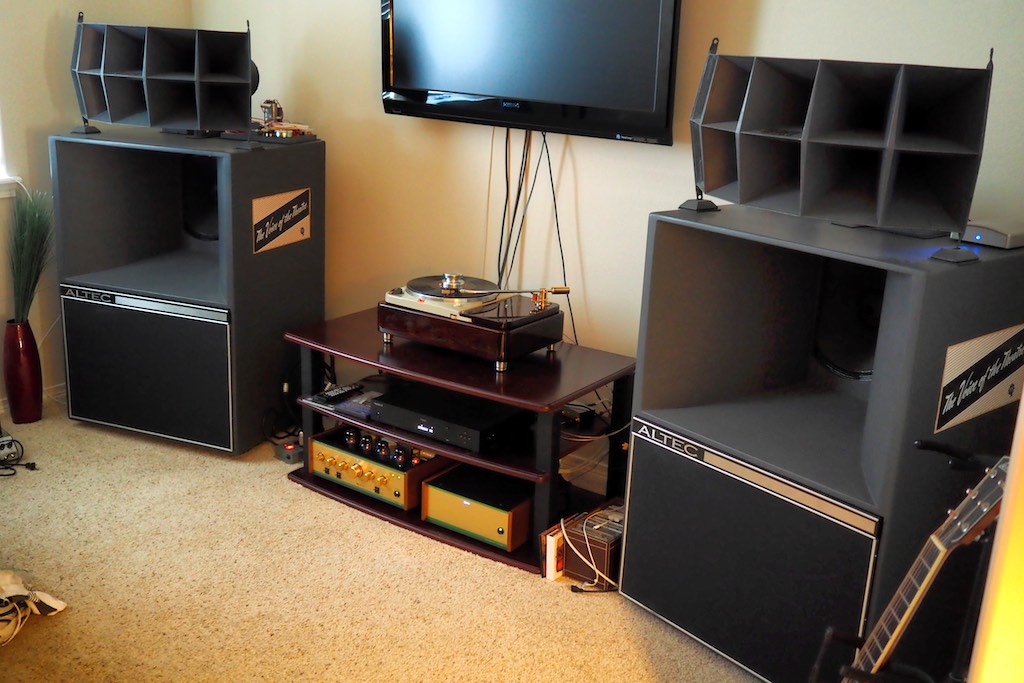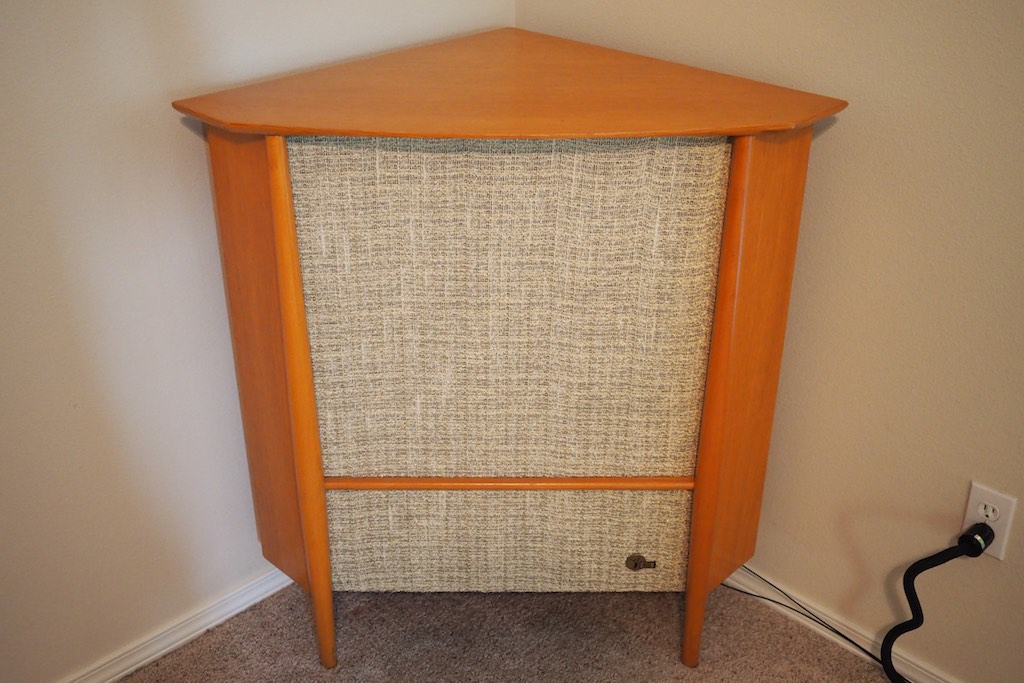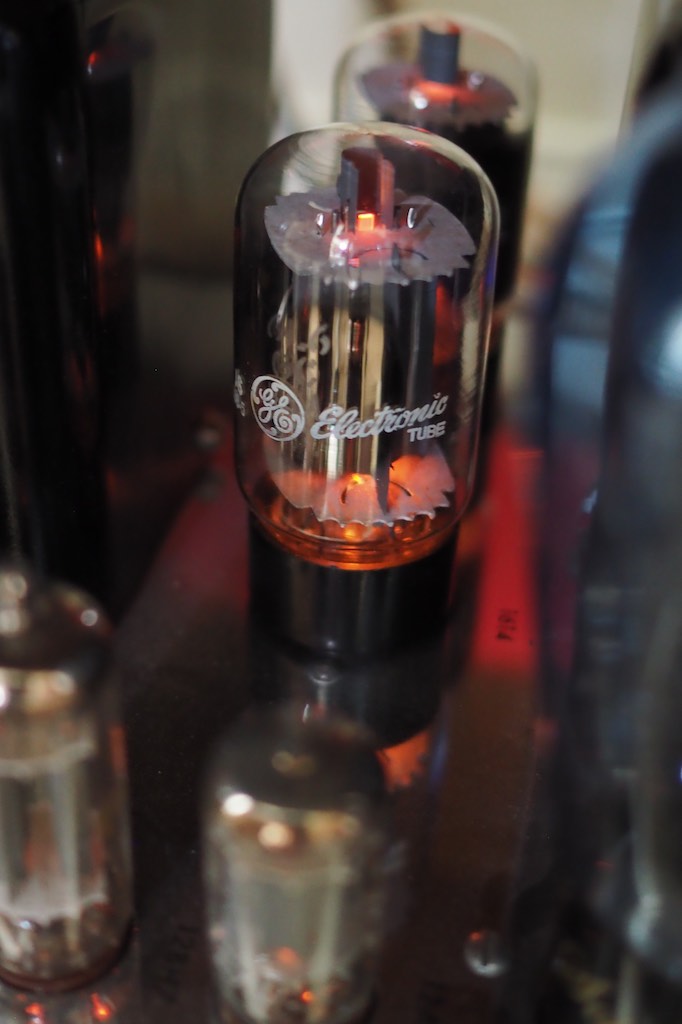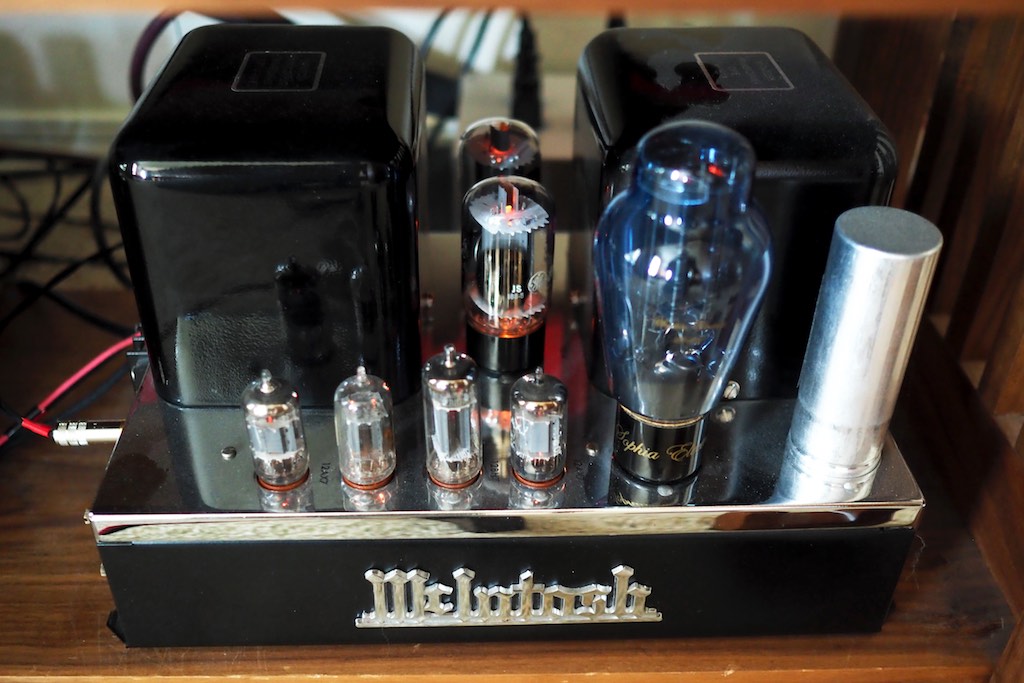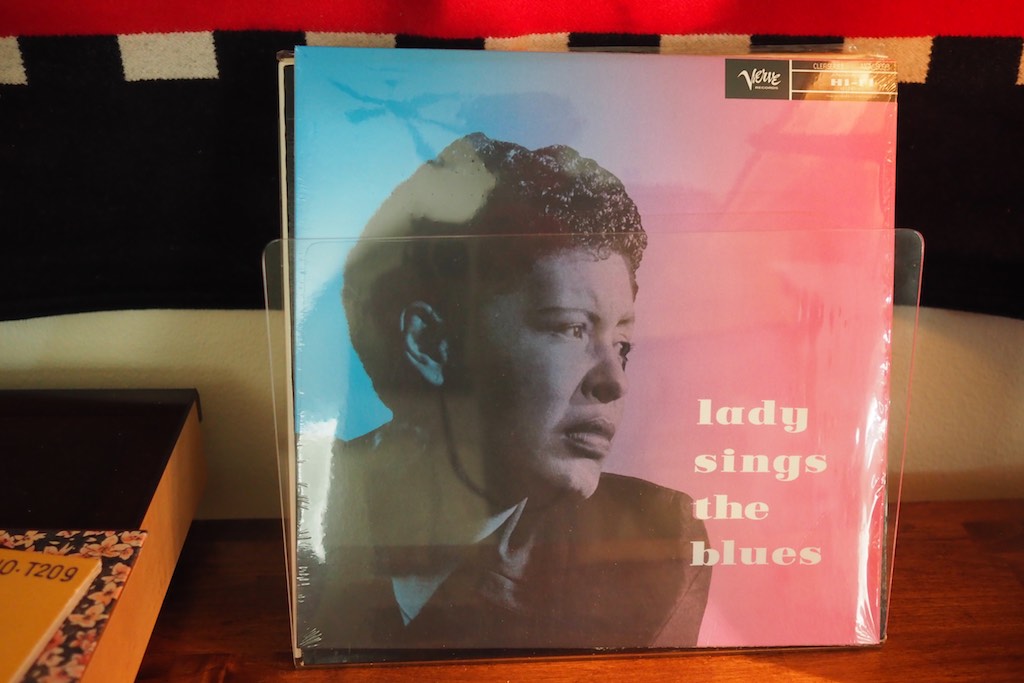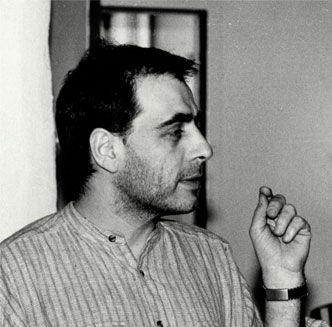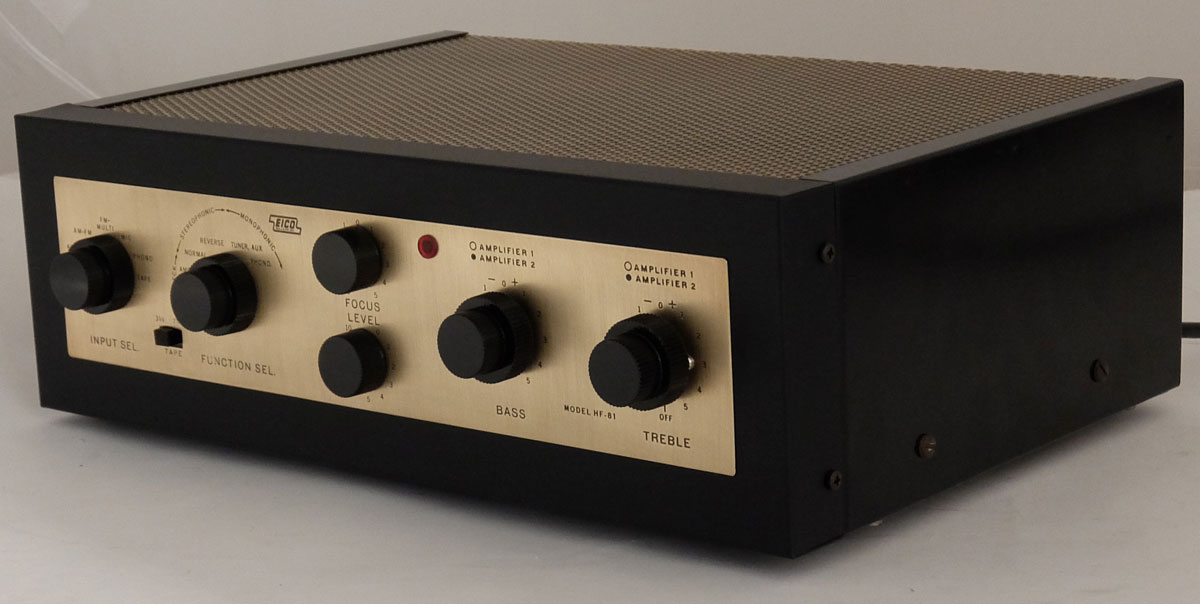After a couple cups of coffee this morning, I sat down and practiced my fingerstyle guitar lesson for about an hour.
I'm enjoying working my way through a beginning fingerstyle guitar course book, in hopes that I'll become a better guitar player (it wouldn't take much! 😉 ).
One of my goals in retirement has been to learn to play my guitar passably well. I've wanted to learn to play the guitar well for most of my life, but it seems that each time I start making some real progress I get knocked back close to ground zero due to some life event intervening. But I'm patient, and a bit stubborn that way, as once I've made up my mind to do something I usually keep chipping away at the goal until I'm satisfied with my progress.
I've been rememorizing the movable jazz chord forms, and I'm back up to the Dominant 9ths. I've also been working on rememorizing all the movable Major scale forms at every position on the neck, and have successfully memorized the position of every note on the guitar fretboard. I'm making progress on my knowledge and technique, and it feels good to be back at it.
Learning to play a musical instrument, even if you're not great at it, like me, is a great way to get a feel for what music is all about, and have some fun.
I've learned to play a few old standards in jazz chord melody style (hard), some country (easy), and some fingerstyle (in between). They're all fun to play.
Different instruments really complement different musical styles, and the Collings short scale OM cutaway is amazing for fingerstyle guitar, and works pretty well in a pinch for jazz chord melody style too, but not nearly as well as the Gibson L5 CES jazz guitar that my buddy Ron Barbee let me play a while back. That's the archtop jazz guitar of my dreams!
The Gibson Advanced Jumbo (below left) is fantastic on country and blues, and the Waterloo (far right) is a great little guitar for blues, and works well at fingerstyle too, as long as you don't get so far down the neck as to need a cutaway.
Audio is a little bit like guitars, in that there are certain "instruments" that are classics for a particular use or sound.
Garrard idler drive turntables, Thorens TD124 turntables, Ortofon SPU phonograph cartridges, Altec and Tannoy loudspeakers, vintage vacuum tube electronics, and tinned-copper cables, for example, are all classic "instruments" that have very characteristic performance that tends to emphasize the musicality of recordings, while still performing admirably in audiophile "sonic" terms.
They do a really nice job of making recorded music feel & sound real to me, which is of course why I like them, and why I have a lot of those components in my four home hifi rigs.
Take for example, my refugees from a movie theatre, the classic Altec A5 Voice of the Theatre loudspeakers (above) that I have in my video / music system.
You would expect the A5's to be fantastic for a video system, and they are. They give movies an eerily "real" feel that makes them come alive in ways I still marvel at. For domestic use they need new crossovers to perform nicely with the absence of a movie screen in front of them, and to adapt them to smaller rooms. My favorites are Hiraga-inspired crossovers with an L-pad on the HF circuit to aid in blending in the HF horn to your preferences.
You hear people say, "You have to use Altec Voice of the Theatre loudspeaker's in big rooms!", which is complete BS, as they work astonishingly well even in small rooms, outperforming nearly any small monitor loudspeaker you care to mention.
Another thing Altec's do really well, is make digital sources sound like music. I'm not really sure why Altec's are so flattering to digital sources, but they are, and they don't have to be expensive or exotic digital sources to make music fun.
Take for example, my 60 year old vintage Altec 832A Corona loudspeakers, that even with their stock crossovers sound remarkably musical streaming Jazz24 from my iMac to my Paradisea+ USB DAC in my bedroom system.
In fact they sound so good in this context that my desire to replace the stock crossovers with Hiraga-style crossovers has almost completely vanished. I am content with them as they are for the way I'm using them.
The combination of the Altec 832A Corona's with a digital front end, Almarro A205A integrated amp, and Duelund cabling, gives me goosebumps from their beautiful, colorful, and timbrally realistic presentation of the music during those sleepy-time listening sessions.
There's been more than a few nights I got so caught up in the Altec's musicality that I didn't get nearly as much sleep as I wanted, while drifting in and out of bliss during the night while listening, and refusing to shut down the system! There's nothing like going deep down the rabbit hole of audio nerd territory, but what fun!
Granted, if I were to set them up in a different context, with the addition of an analog front end in a dedicated music listening room, I'd definitely go for the Hiraga-style crossovers that would allow me to fine-tune their overall balance to get the best out of the analog source. But in the context I'm using them in, a bedroom system, I am absolutely thrilled with their musically satisfying performance!
Just like there's a guitar that is well suited for a particular style of music, there's a particular vacuum tube that will be well suited to a particular amplifier, system balance, and an individual's personal tastes.
I'm still reeling from how much an improvement the fresh set of GE 6L6GC power tubes in my vintage McIntosh MC30 monaural amplifiers made to overall musicality, and by how much they outperformed the new production Russian manufactured Tung-Sol 6L6GC STR tubes, which have received wide praise in other contexts.
As power tubes age it's easy to assign their degrading sonics to other factors, particularly if you make lots of system changes along the way, like I do for my audio reviewing gig.
While I think the GE 6L6GC tubes are the apogee of musical performance for my vintage MC30 monaural amplifiers, the Tung-Sol 6L6GC STR tubes can sound very good in amplifiers voiced to complement them, as Pete Riggle has reminded me, as is the case with Kara Chaffee's new Super 40 monaural amplifiers that really do sound super.
I just picked up the reissue of Billie Holiday's Lady Sings the Blues from Discogs, which happens to have "Strange Fruit" on it, which was voted the "greatest jazz vocal of all time" by the listeners of Jazz24.

Verve Records – MGV-8099, Universal Music Catalogue – 0600753458877, Series: Back To Black, Clef Series; Vinyl, LP, Album, Reissue, Remastered, 180 gram. Genre: Jazz, Blues
I haven't heard an original version of this important Billie Holiday album, but this particular reissue is possibly the worst sounding reissue I've ever heard. It sounds noisy, has weird phasey things going on, and is just generally awful from a sonic standpoint. It's great and important music though, so I hope someone remasters this album with the loving care it deserves.
I don't recommend this version, and in fact it was so awful that I couldn't even get through one side of it before wanting to shut it off. That was with the Tung-Sol 6L6GC STR tubes.
After I put the fresh GE's into the MC30's, I put this album back on just for kicks, and guess what, it was transformed in a way that allowed me to listen to it all the way through and enjoy it. The album pretty much still sucked sonically, but not so much that I couldn't listen to it and enjoy the music. Still though, I don't recommend this remastered version. If you know of a version of this album that is nicely done, be sure to let me know!
The GE 6L6GC's open up a world of musicality in my MC30's that allows for a lot more albums to be musically satisfying, instead of just a few really well recorded albums, like the Tung-Sol 6L6GC STR's did in the MC30's.
Picking the right component for the right use makes a huge difference for a given application for attaining a musically satisfying presentation.
Once you've found a combination of hifi gear that really works for you, enabling you to enjoy the expanse of your music library, leave well enough alone and build your music collection instead.
That's good advice, even if I don't follow it!
I've been a big fan of the fine work Yves Beauvais does for his Vintage Vacuum Audio (not to mention the many fine record albums he's produced), and I bought my restored MC30 & MC225 amplifiers from Yves.
I've really wanted to buy a restored Eico HF-81 from Yves too, but my timing is never quite right, and they're gone before I can pull the trigger.
I am patiently watching and waiting for another nice example of an Eico HF-81 to show up, and maybe my timing and cash flow at the moment will be a little better so I'll be able to buy it.
I want one bad!
In case you don't know, Yves was nominated for a grammy for his work producing record albums, and if you want to be completely blown away, look up Yves discography on Discogs so you can see the vast number of albums he's produced and supervised.
Not only does Yves know vacuum tube audio gear inside and out, it's the same for music, which is probably why his restorations are so unfailingly musical.
Ok, I'm going to go practice my guitar a little more and listen to some records, but let me close with these words of wisdom from Yves' website:
"While the selection and fine tuning of exhilarating-sounding vintage audio equipment is an exciting, often life-long search, let's not forget it's ultimately the music that matters — mankind's mysterious mastery of making air move in esthetically & emotionally thrilling ways. Most importantly, remember to ask yourself the age-old question: Can I dance to it?"
As always, thanks for stopping by, and may the tone be with you!






